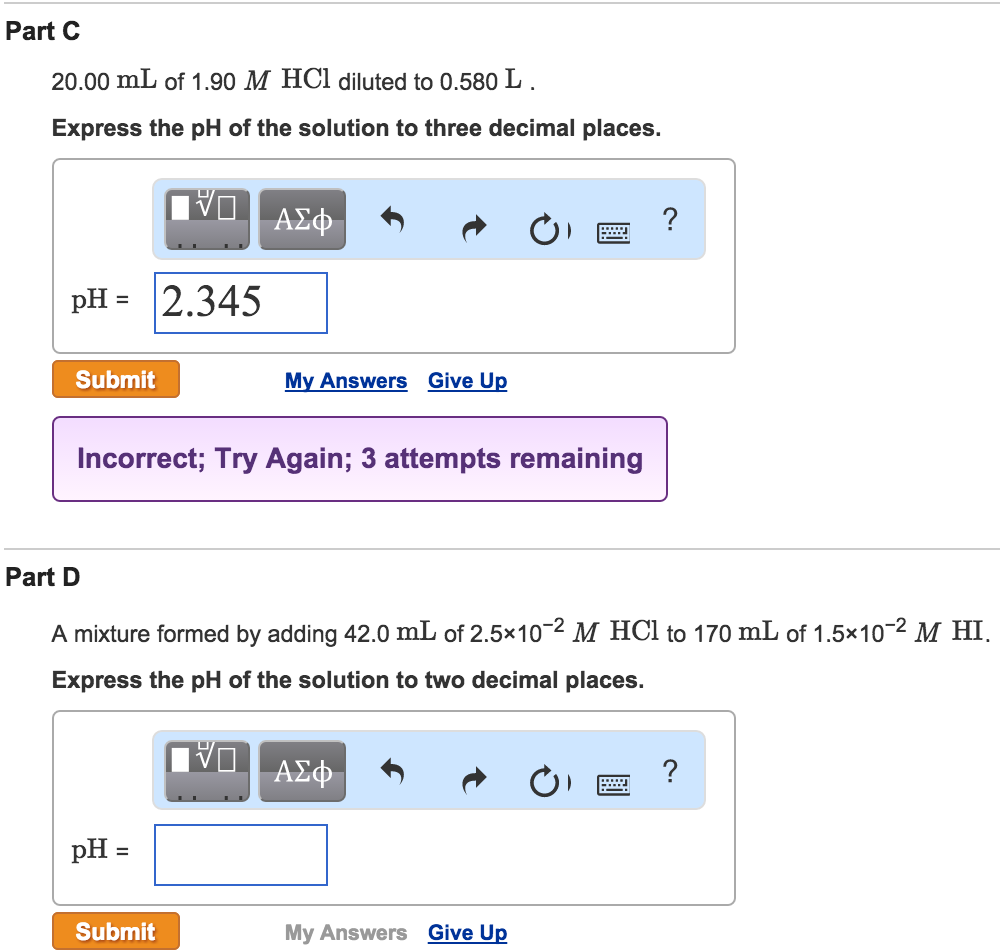
For example, an experiment calling for 50 g of a solvent and 250 ml of water can be scaled down by a factor of 10 so that it uses only 5 g of solvent and 25 ml of water. Most experiments can be scaled down by dividing the solute and solvent by a factor of your choosing. Scaling down reduces safety hazards, chemical cost, and waste disposal. You might consider scaling down when experiments call for large amounts of chemical. Chemicals dissolve more quickly by gently heating the solution and stirring. Stir the solution until all of the chemical dissolves.īreak up hard lumps of chemical with a mortar and pestle or by careful crushing in a plastic bag with a hammer. Finally, measure the volume of water needed in milliliters with a graduated cylinder and add it to the beaker. Next, weigh out the solute and add it to a mixing beaker. Second, calculate the amount of solute needed in grams, using one of the formulas given below. You will need a balance to weigh out the solute and a graduated cylinder to measure the solvent (if it’s water).įirst, determine the concentration (weight percent or Molarity, see below) and amount (milliliters) of solution you need from your lab procedure. Plan one hour for every 2-4 solutions you need to prepare. How to Dissolve Solids and Scale Down Experimentsįor experiments, you will often need to dissolve solutes in solid form to make solutions of a particular strength (strength is measured by ion disassociation). The solute is the chemical(s) that’s less abundant. The solvent, often water, is the chemical that’s most abundant. Solutions can exist as solids, liquids, or gases.Īll solutions contain a solvent and one or more solutes. Kaitlyn tutors in Physics, Physical Science, Chemistry, Basic Math Skills, Algebra 2, Algebra 1, Mandarin Chinese at TutaPoint.Solutions are homogenous (evenly-distributed) mixtures of two or more chemicals. Then we divide 150 mL * moles/L by 12 moles/L (the units moles/L will cancel out) and we get 12.5 mL! So, we need 12.5 mL of the 12 M HCl diluted with water up to 50 mL to create a 3 Molar HCl solution.

We can then multiply 3 moles/L by 50 mL to get 150 mL * moles/L. Plugging the numerical values into the equation we get: (12 moles/L)(V1) = (3 moles/L)(50 mL). So, we are solving for V1: how much of the concentrated solution we will need.
:max_bytes(150000):strip_icc()/173637959-58befc655f9b58af5c9acab8.jpg)
There is a concentrated 12 Molar HCl solution (M1) and we want to end up with 50 milliliters (V2) of a 3 Molar HCl solution (M2).


To use this equation, we need to figure out what the problem is giving us. How many milliliters of the 12 M HCl will you need to prepare the 3 M solution? Well, let’s go back to our dilution equation: M1V1 = M2V2. You want to dilute this concentrated HCl with water so that you have 50 mL of a 3 M hydrochloric acid solution. Let’s do an example! Say you have a 12 M (M = moles/L) solution of hydrochloric acid. You can solve for the concentration or volume of the concentrated or dilute solution using the equation: M1V1 = M2V2, where M1 is the concentration in molarity (moles/Liters) of the concentrated solution, V2 is the volume of the concentrated solution, M2 is the concentration in molarity of the dilute solution (after more solvent has been added), and V2 is the volume of the dilute solution. If you are adding more solvent, the volume of the whole solution is going to increase as the concentration of the solution decreases. Calculations are very important in Chemistry.įirst we need to understand what a dilution is:Ī dilution is when you have a solution of a certain concentration and you add more solvent (remember: the substance that does the dissolving!) to decrease the concentration.


 0 kommentar(er)
0 kommentar(er)
